Yale scientist Gunter Wagner received the 2018 Daniel Giraud Elliot Medal
On Jan. 19, 2018, Yale evolutionary geneticist Gunter Wagner received the 2018 Daniel Giraud Elliot Medal from the…

On Jan. 19, 2018, Yale evolutionary geneticist Gunter Wagner received the 2018 Daniel Giraud Elliot Medal from the…
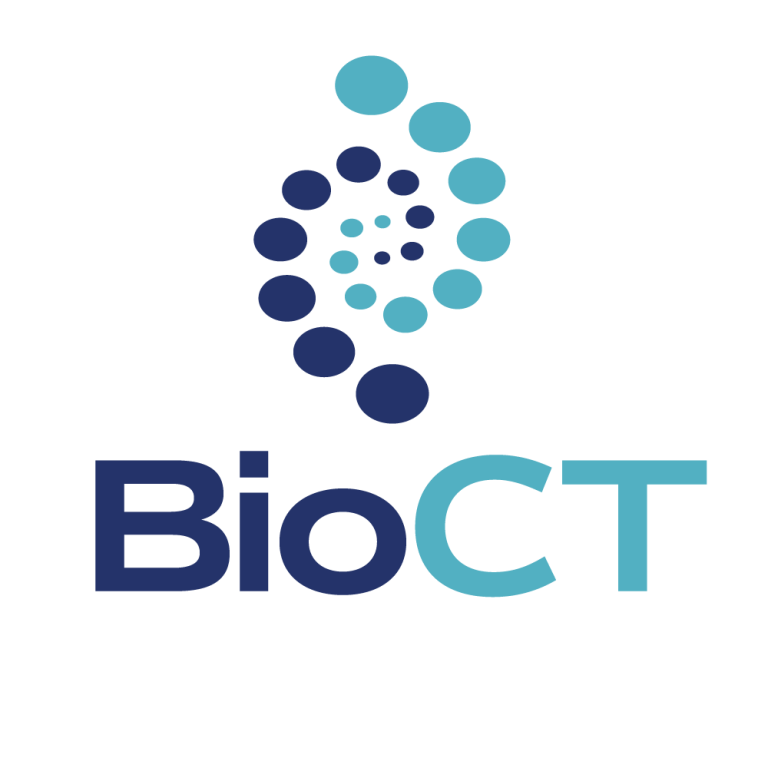
On Jan. 12, 2018, Connecticut United for Research Excellence Inc. (CURE) renamed itself BioCT and today is the…

In 2018, Rallybio was founded as a privately-held, development-stage biotechnology company focused on bringing life-transforming medicines to patients…
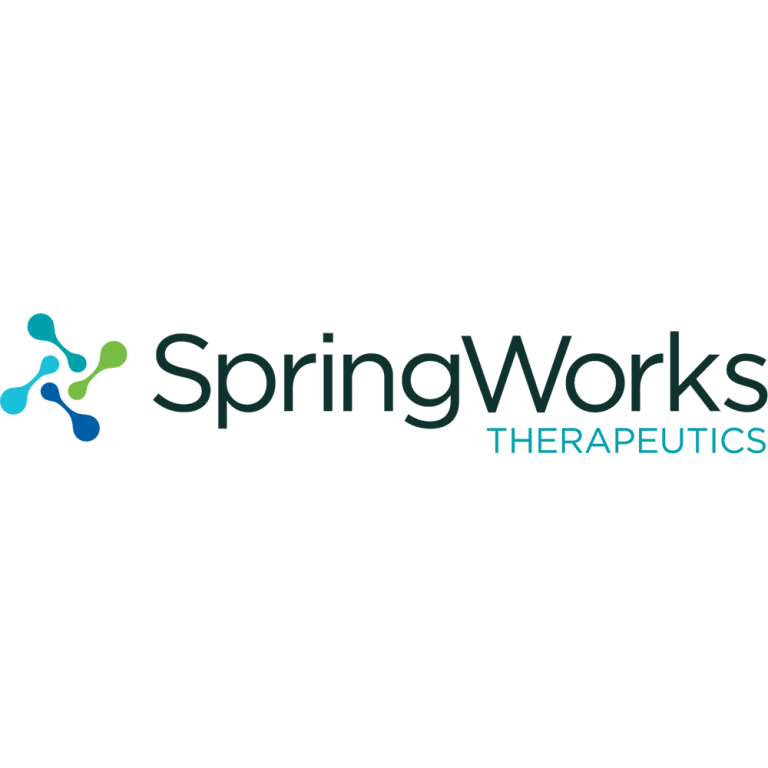
In 2017, SpringWorks Therapeutics was founded in Stamford, Connecticut, as a clinical-stage biopharmaceutical company that applies a precision…
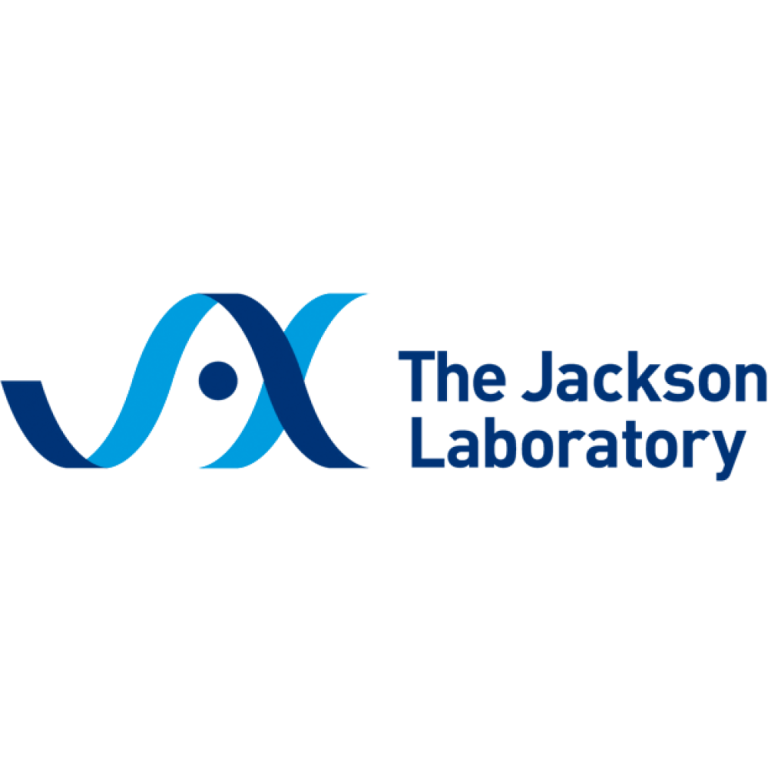
On Aug. 8, 2016, the National Institute on Drug Abuse announced a five-year grant totaling $11,714,623 to The…
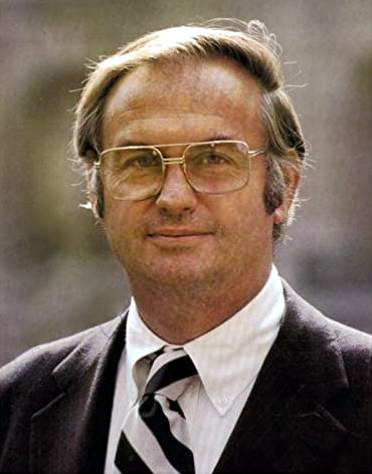
On May 4, 2015, the National Institutes of Health (NIH) dedicated Building 4 in honor of Lowell P….

In 2015, Yale Cancer Center was awarded a SPORE (Specialized Programs of Research Excellence) grant for translational research…

On Oct. 21, 2014, the Jackson Laboratory (JAX) announced that technology investor David Roux and his wife Barbara…

On Oct. 7, 2014, The Jackson Laboratory opened a state-of-the-art genomics research center on the campus of the…

On Sept. 28, 2012, the Connecticut Challenge Survivorship Clinic opened at Yale Cancer Center providing — the first…

On Jul. 31, 2012, the Connecticut Development Authority (CDA) was merged into Connecticut Innovations (CI) which was created…
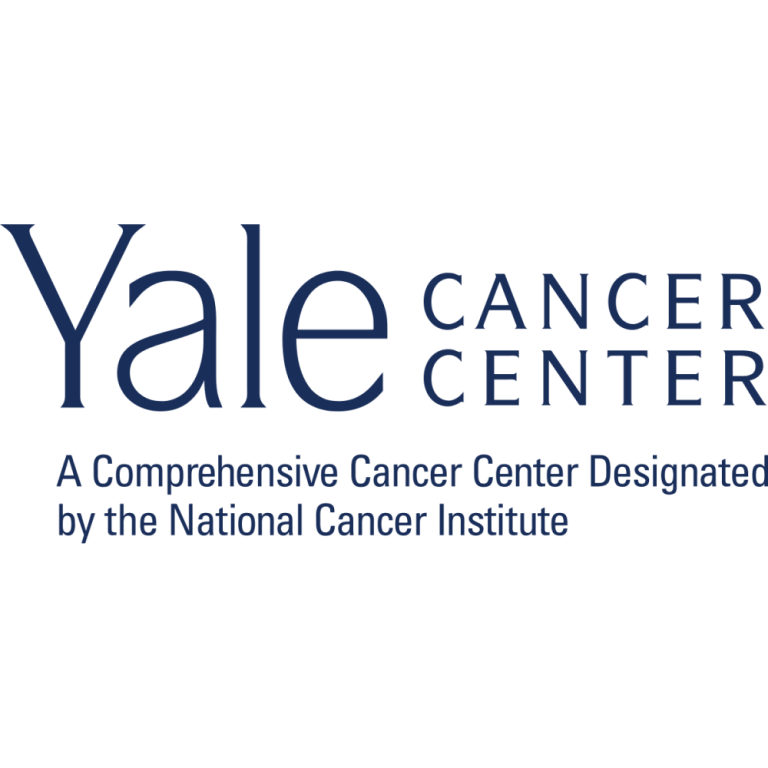
In 2012, Smilow Cancer Hospital and Yale Cancer Center opened 8 Smilow Cancer Care Centers in Connecticut. Today,…

In 2011, Precipio was founded in New Haven, Connecticut to build a platform designed to eradicate the problem…

On Oct. 26, 2009, the Smilow Cancer Hospital opened for patient care with María Rosa Menocal, a Yale…

In 2007, West Campus, located on 136 acres 7 miles west of downtown New Haven, was acquired. West…
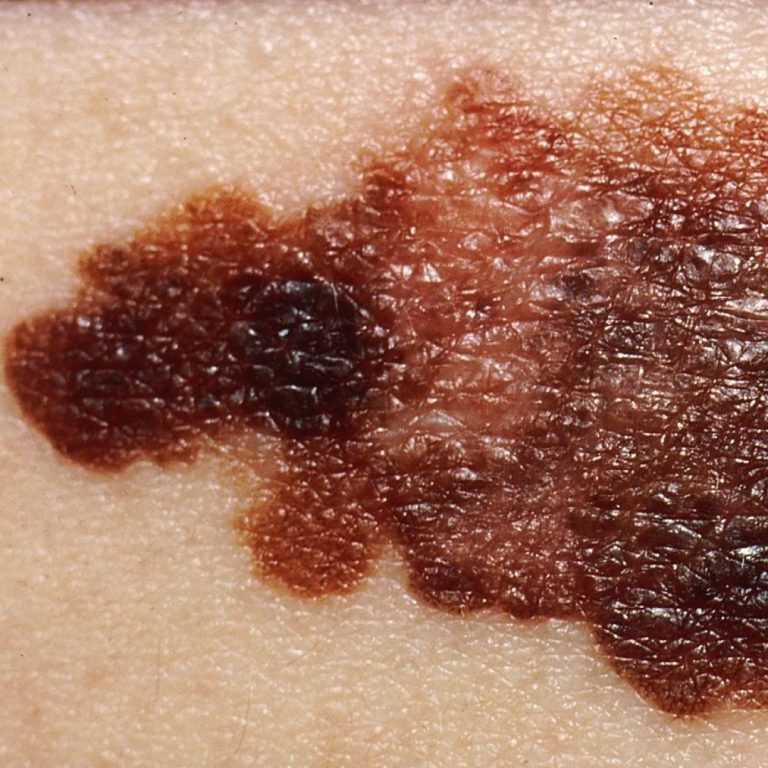
On Oct. 10, 2006, Yale Cancer Center was awarded a SPORE (Specialized Programs of Research Excellence) grant for…

On Aug. 31, 2022, Yale New Haven Hospital (YNHH) broke ground on the $838 million, 505,000 square foot…

On Mar. 11, 2004, The Kavli Foundation announced a $7.5 million award to establish the Kavli Institute of…
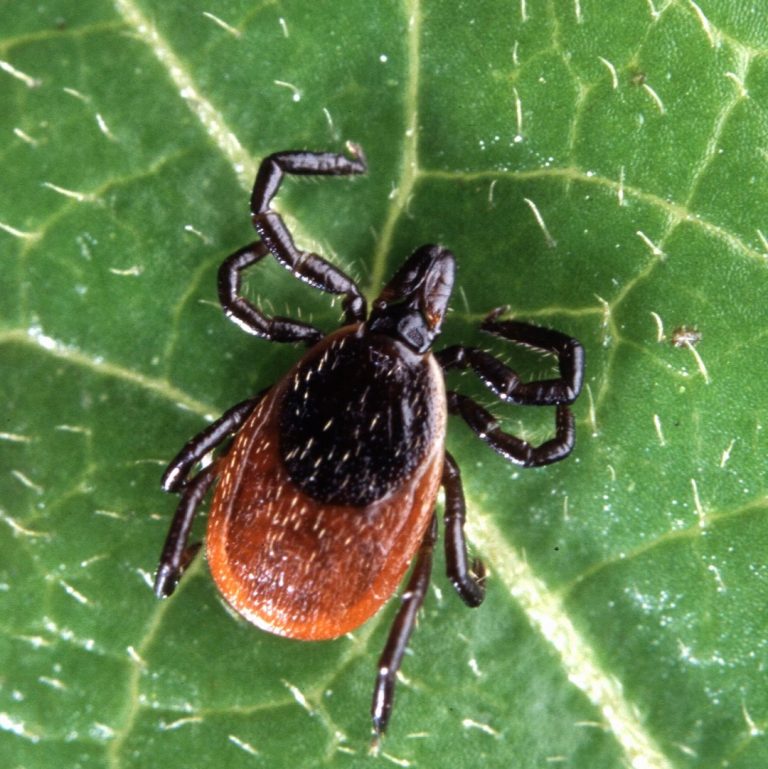
On Feb. 25, 2002, GlaxoSmithKline announced that the company would no longer manufacture or distribute its Lyme disease…

In 2002, digital diagnostic technology was developed with the creation of AQUA (Automated Quantitative Analysis) at Yale Cancer…
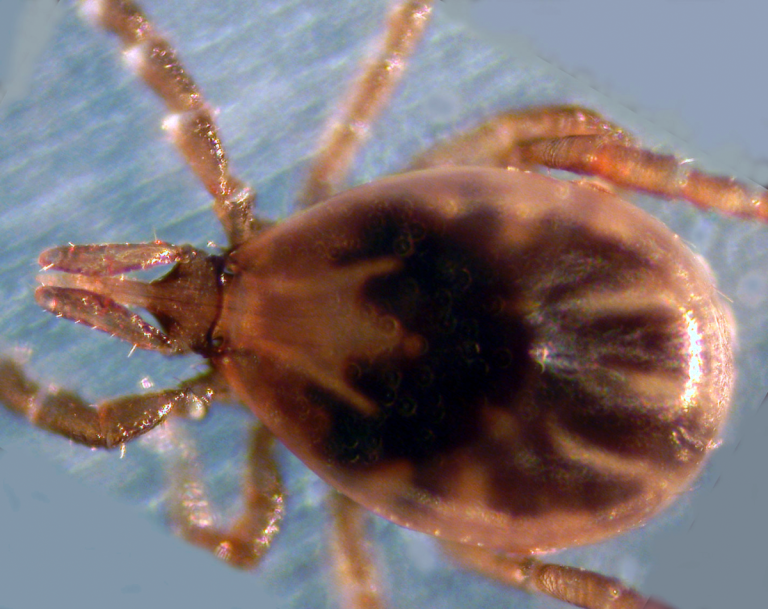
On Dec. 21, 1998, the Lyme Disease Vaccine (Recombinant OspA), (LYMErix by SmithKline Beecham) was licensed for use…

In 1998, Yale Cancer Center researchers discovered the gene, Survivin, which is linked to the detection of some…
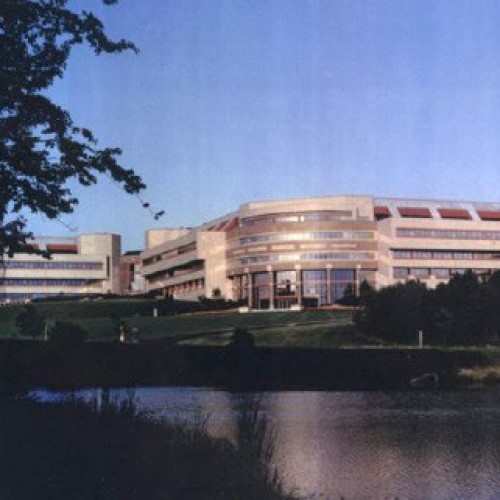
In 1995, Bristol-Myers’ Wallingford, Connecticut facility was named the Richard L. Gelb Center for Pharmaceutical Research and Development…
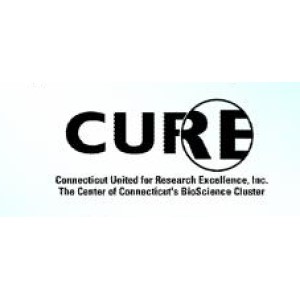
In 1990, Connecticut United for Research Excellence Inc. (CURE) was founded. CURE was a statewide coalition of educational…

In 1989, Connecticut Innovations (CI), created by the Connecticut Legislature, provides strategic capital and operational support to advanced…

In 1988, oncologists from Yale Cancer Center performed the first bone marrow transplant in Connecticut at the Yale-New…
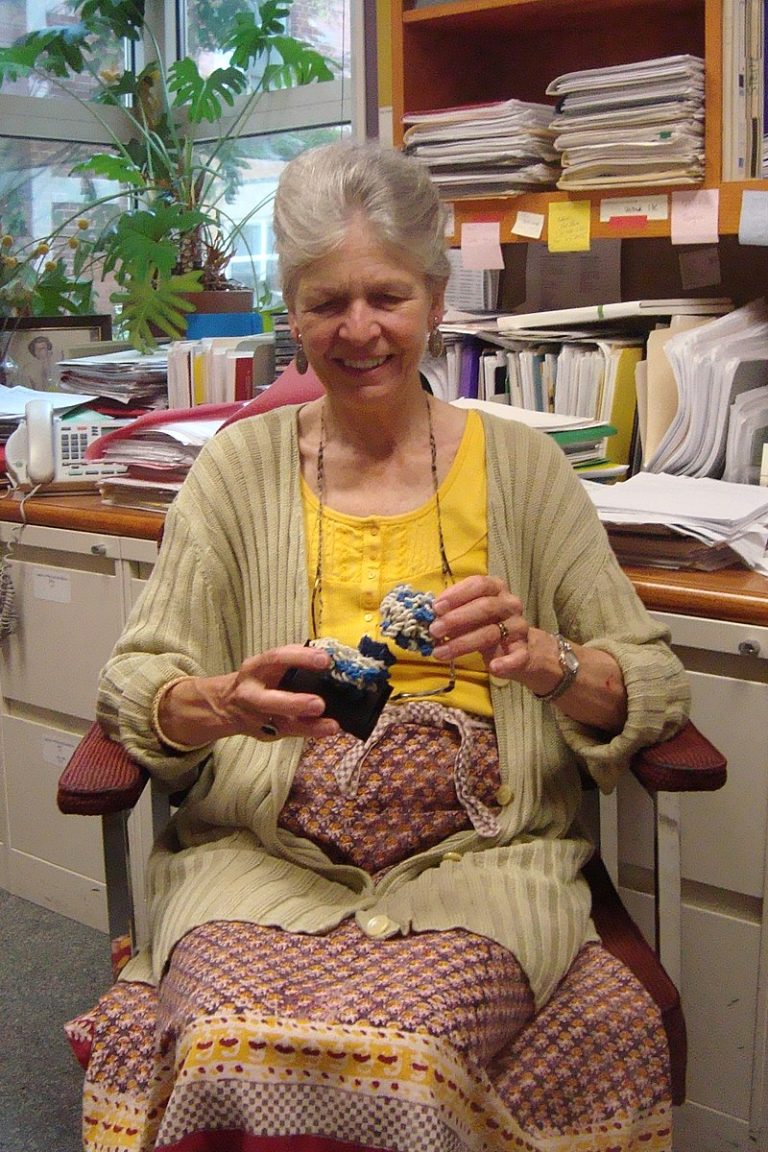
In 1979, Joan Steitz discovered snRNPs, RNA-protein complexes in the cell’s nucleus that perform a crucial step in…
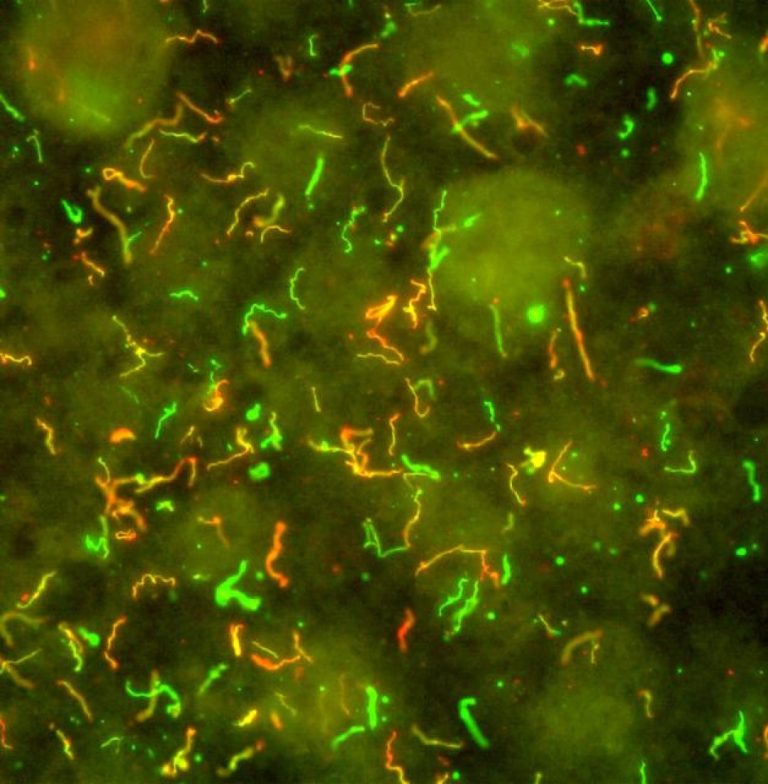
In 1975, Lyme Disease was identified and named at Yale University. The spirochete that causes Lyme disease was…
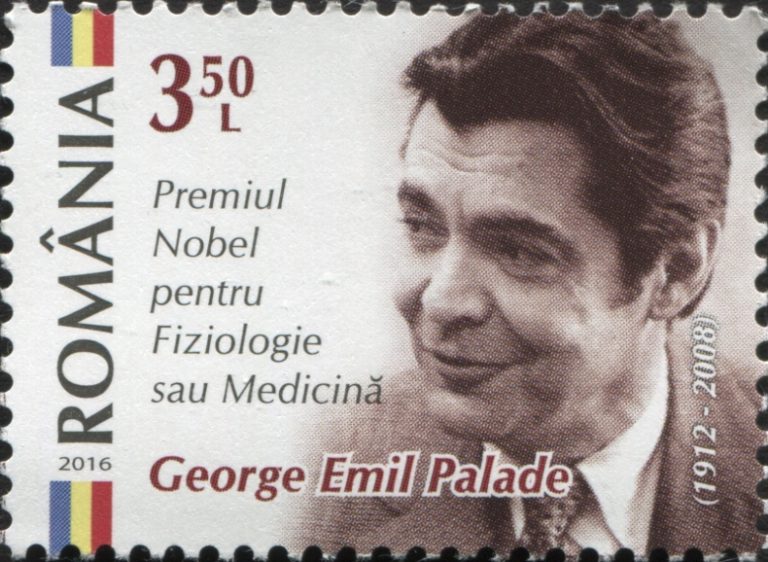
In 1974, George E. Palade, of the Yale University School of Medicine, was awarded the Nobel Prize for…
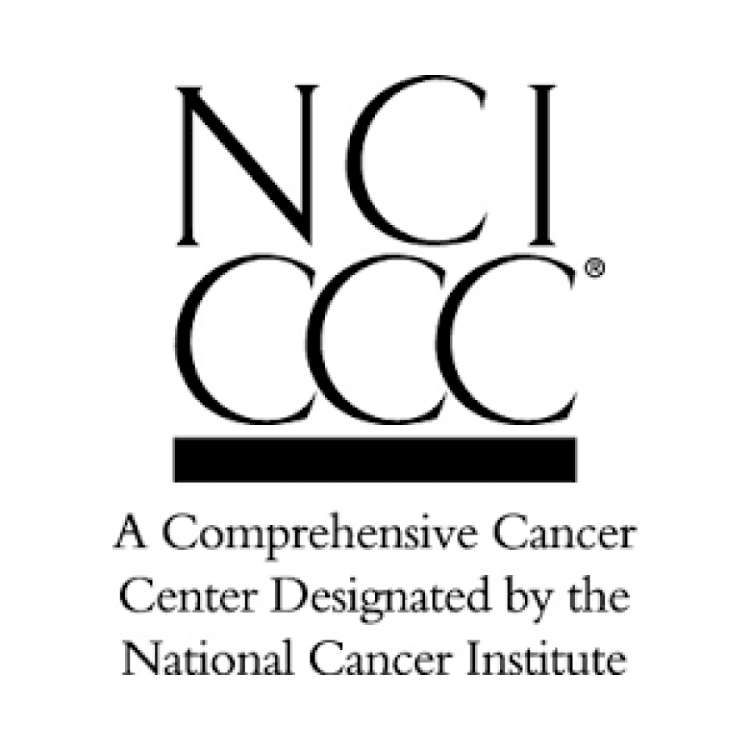
In 1974, Yale Cancer Center received a National Cancer Institute (NCI) designated comprehensive cancer center status, the only…